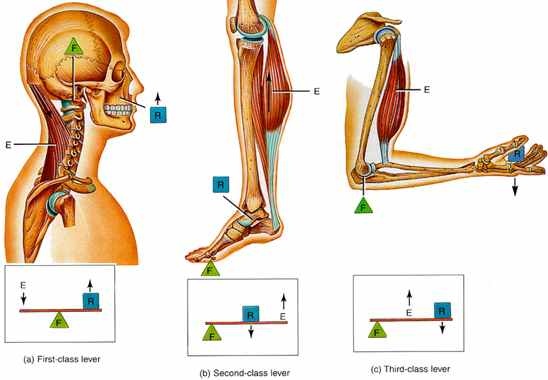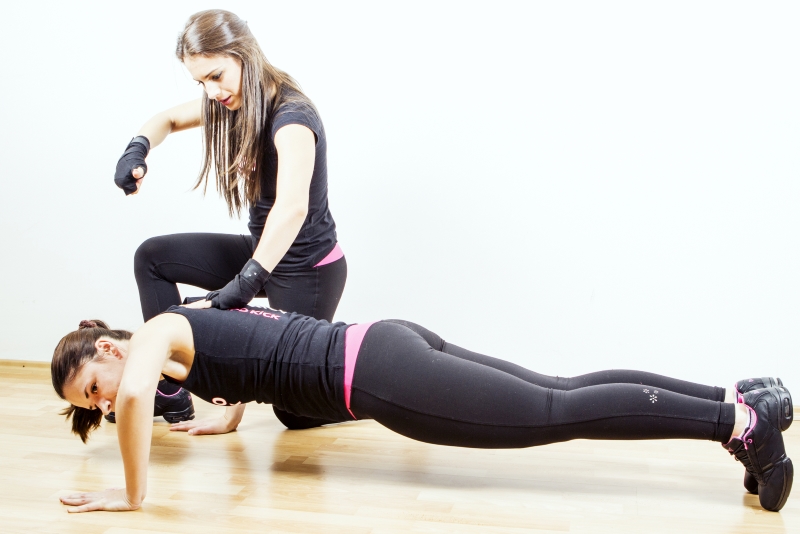The human body is a marvel of engineering, where complex mechanisms work together to achieve remarkable feats of movement. One fascinating aspect of this system is the use of levers, which exist in different forms within our musculoskeletal structure. From everyday activities like walking and lifting objects to high-performance athletic movements, levers are crucial in efficiently moving and performing tasks. In this article, we will explore the history, mechanics, and current understanding of the three types of levers in the human body. We’ll dive into how these levers function, their impact on exercise progression, and what the future may hold for leveraging this knowledge in fitness and physical therapy. Follow us here at New Levi's Campaign Featuring Beyonce
The Mechanics of a Lever
A lever, in mechanical terms, is a simple machine that amplifies an input force to exert a greater output force, making it easier to move an object. In the human body, levers work similarly—only the "bars" are bones, the "pivots" or fulcrums are joints, and the "forces" are provided by muscles. This system enables us to perform a wide range of motions, from the most basic to the highly complex. Each lever in the human body can be categorized based on its configuration of the fulcrum, effort, and load, which are the three essential components of any lever system. Understanding how these levers operate within the body allows for better comprehension of movement mechanics and can also aid in designing more effective workout routines and rehabilitation programs.

Related: Get the Latest Expert Insights on Nordic Hamstring Curls
Related: Master the Lateral Raise, Your Ultimate Guide to Sculpting Strong, Defined Shoulders
First-Class Lever

In the context of the human body, a first-class lever is characterized by a configuration where the fulcrum is positioned between the effort (muscle force) and the load (resistance). This type of lever is relatively rare but essential for certain movements. One of the most common examples of a first-class lever in the body is the action of the neck when nodding your head. Here, the neck muscles (effort) work against the weight of the head (load) while the joint connecting the skull and spine acts as the fulcrum.
This setup allows for a controlled and efficient range of motion, balancing the effort required to overcome resistance. Although first-class levers in the human body are not as common as other types, they are integral in maintaining balance and stability, especially in movements involving the head and neck. Athletes and fitness enthusiasts often perform exercises like the seated neck extension to strengthen the muscles involved in these first-class lever actions.
Second-Class Lever
The second-class lever arrangement places the load between the fulcrum and the effort. This configuration allows for a greater mechanical advantage, meaning that a smaller effort can move a larger load. An iconic example of a second-class lever in the human body is when you rise onto your toes. In this movement, the ball of the foot serves as the fulcrum, the weight of the body acts as the load, and the calf muscles provide the effort to lift the body.

This type of lever is extremely efficient for movements that require strength and stability, as seen in activities such as jumping or running. Due to its effectiveness, second-class levers are heavily engaged during many lower-body exercises, including calf raises and plyometric drills. Understanding this lever system helps athletes optimize their training by focusing on exercises that target the muscles involved in second-class lever actions, thus boosting overall lower-body strength and endurance.
Third-Class Lever – Exercise Progression
The most common type of lever in the human body is the third-class lever, where the effort is placed between the fulcrum and the load. This configuration sacrifices mechanical advantage for a greater range of motion and speed, making it ideal for fast, dynamic movements. A great example of a third-class lever is the action of your biceps when performing a bicep curl. Here, the elbow joint acts as the fulcrum, the effort is generated by the biceps, and the load is typically a dumbbell or any form of resistance.

Third-class levers dominate human body movements, allowing us to perform actions with speed and precision. Exercises like bicep curls, leg extensions, and shoulder presses heavily engage third-class levers, and understanding this system can aid in better designing workout routines that focus on muscle hypertrophy and strength building. Because this type of lever requires more effort to move the load, it is ideal for resistance training aimed at enhancing muscle strength and endurance.
Workout Table for Lever-Based Exercises
Exercise | Lever Type | Primary Muscles Worked | Level of Difficulty |
Seated Neck Extension | First-Class Lever | Neck Extensors | Moderate |
Calf Raise | Second-Class Lever | Gastrocnemius, Soleus | Easy |
Bicep Curl | Third-Class Lever | Biceps Brachii | Easy |
Leg Extension | Third-Class Lever | Quadriceps | Moderate |
Shoulder Press | Third-Class Lever | Deltoids, Triceps | Difficult |
Future Outlook
As our understanding of biomechanics and human physiology deepens, the future of fitness and rehabilitation will increasingly incorporate knowledge about the lever systems in the human body. Advances in imaging technology, including the potential for interactive lever body part images or lever in human body images in medical apps, will allow for a more detailed analysis of movement patterns, helping to optimize athletic performance and prevent injuries. For example, levers in human body PowerPoint presentations (levers in human body PPT) may soon become more interactive and immersive, offering athletes and medical professionals a better understanding of how to enhance performance and recovery.
Additionally, future worksheets (levers in the human body worksheet) aimed at students and professionals alike will provide even greater insights into the practical applications of body levers in the human body. This could lead to more tailored fitness programs that cater to individual biomechanical needs, ultimately improving overall health outcomes. As technology evolves, we may even see new tools and software that quantify how much lever is in the human body and answer questions like "How many livers in the human body?" (The answer remains one, of course, but confusion surrounding this could be cleared up).
Conclusion
Understanding the three types of levers in the human body provides invaluable insights into how we move, exercise, and perform daily activities. From first-class levers that help us maintain balance, to second-class levers that maximize strength, and third-class levers that allow for speed and agility, each type has a distinct role in enhancing physical function. As fitness and rehabilitation practices continue to evolve, the study of levers in the human body will remain a cornerstone of biomechanical knowledge, helping athletes, trainers, and medical professionals optimize movement and improve overall health. Whether you're looking at lever body part images or working through a worksheet, the intricate lever system within the human body showcases the incredible synergy between form and function.